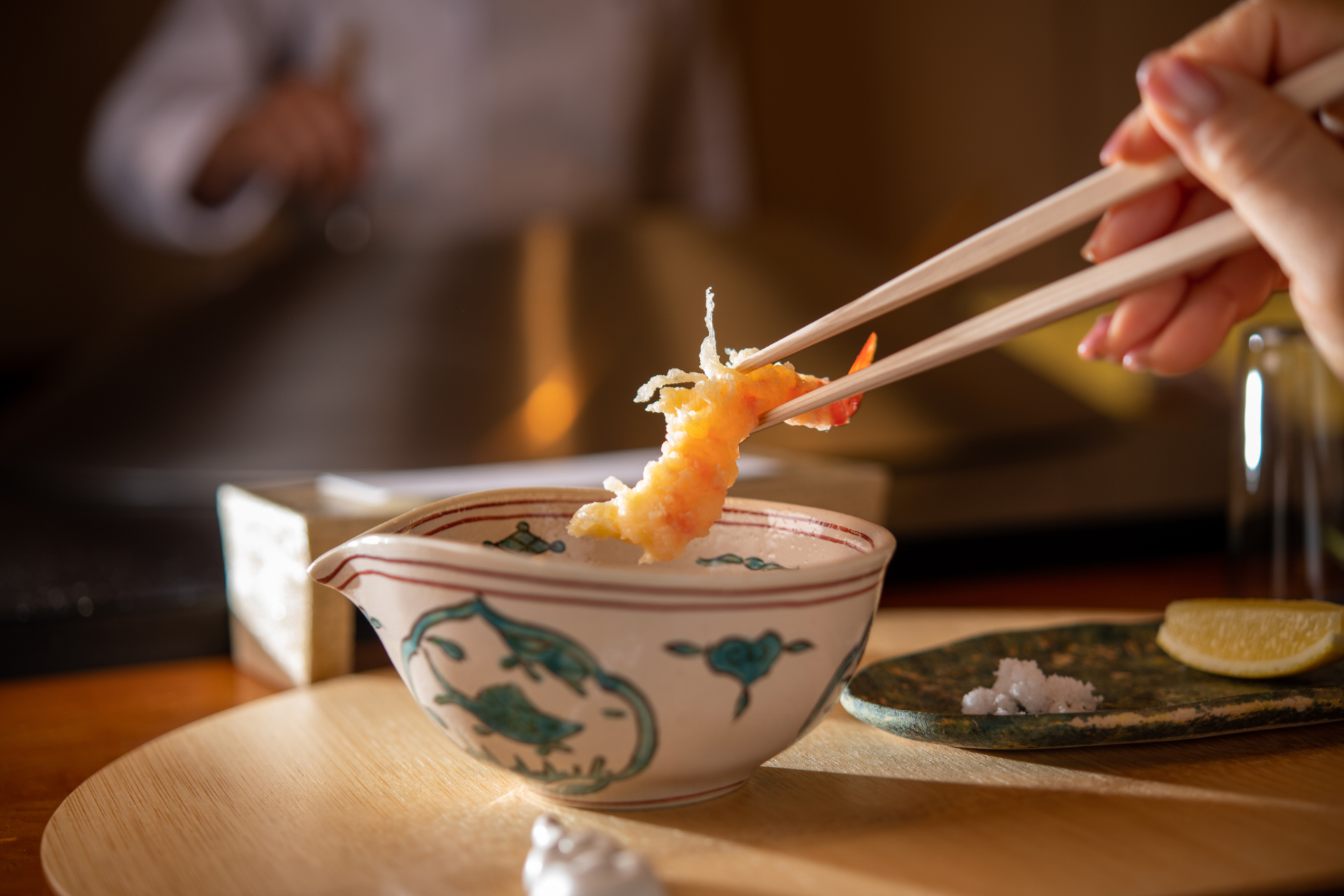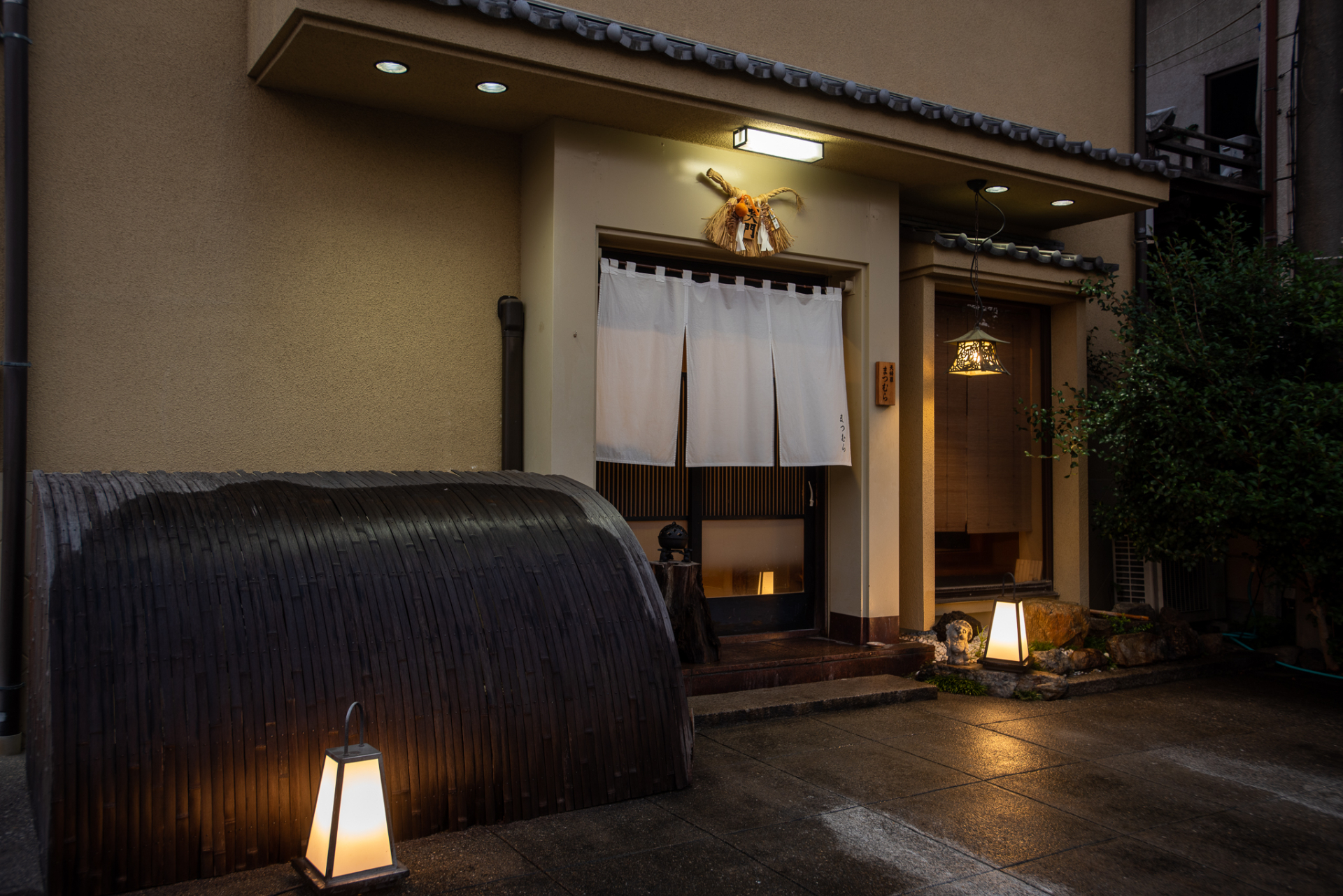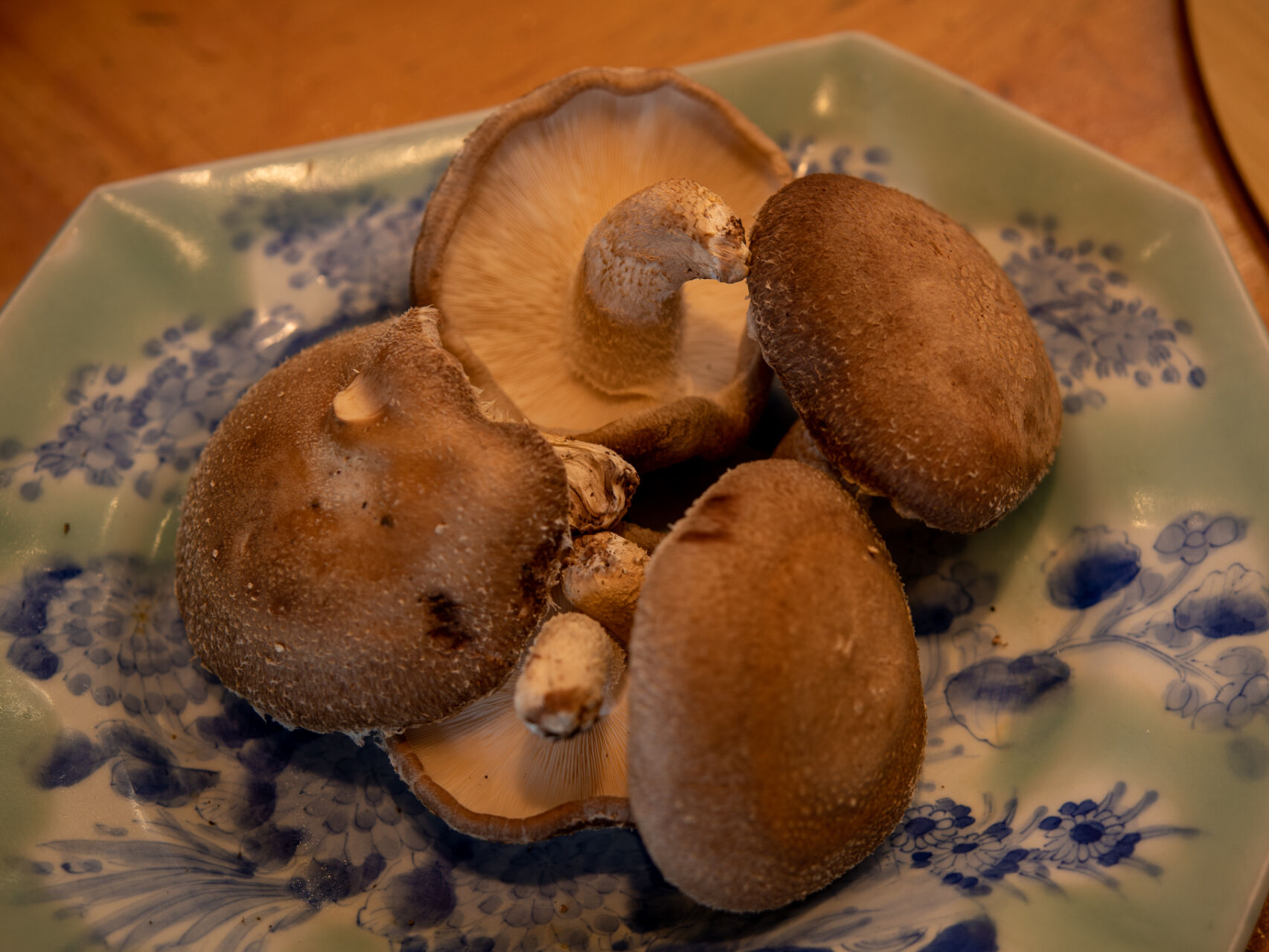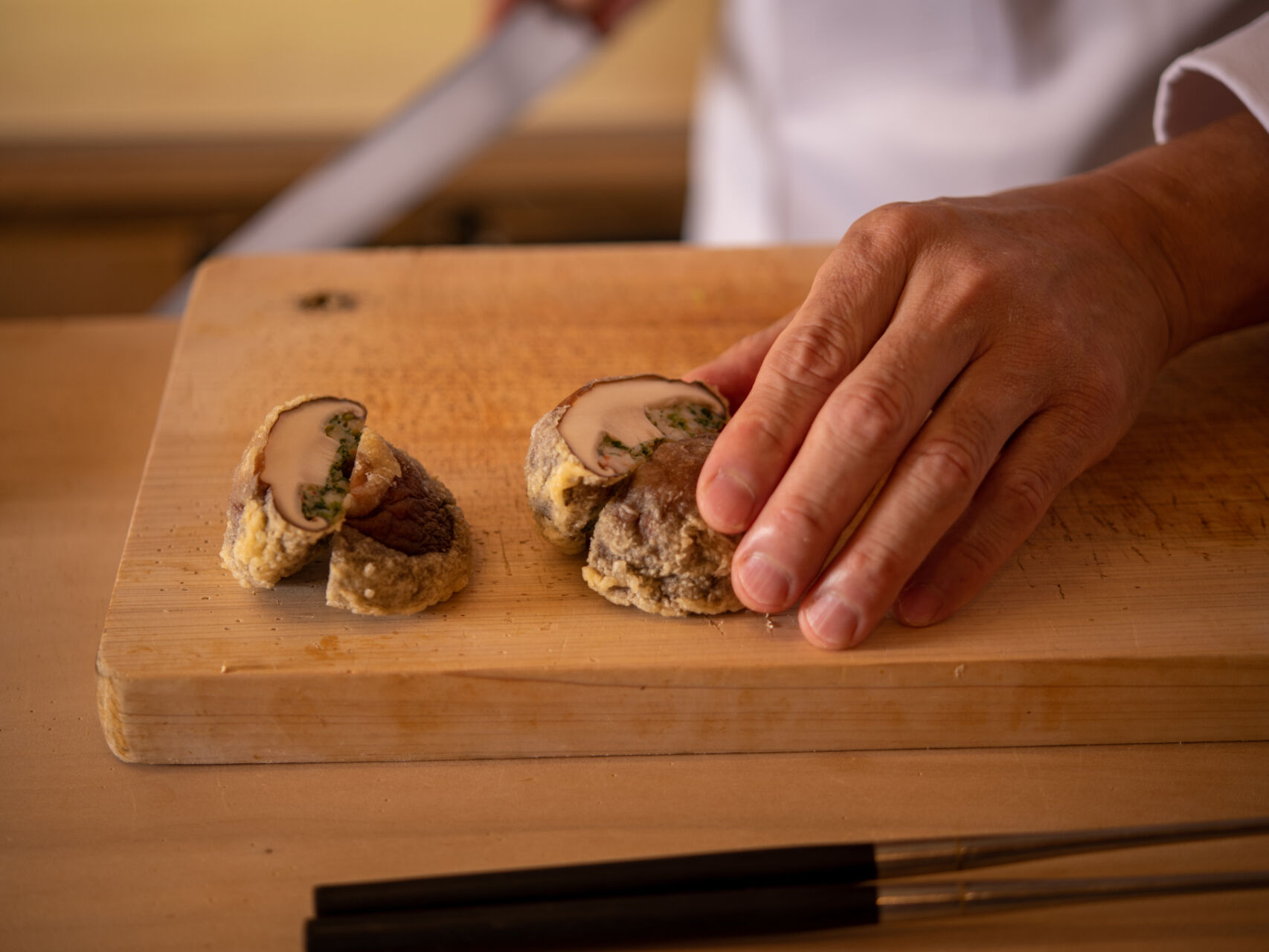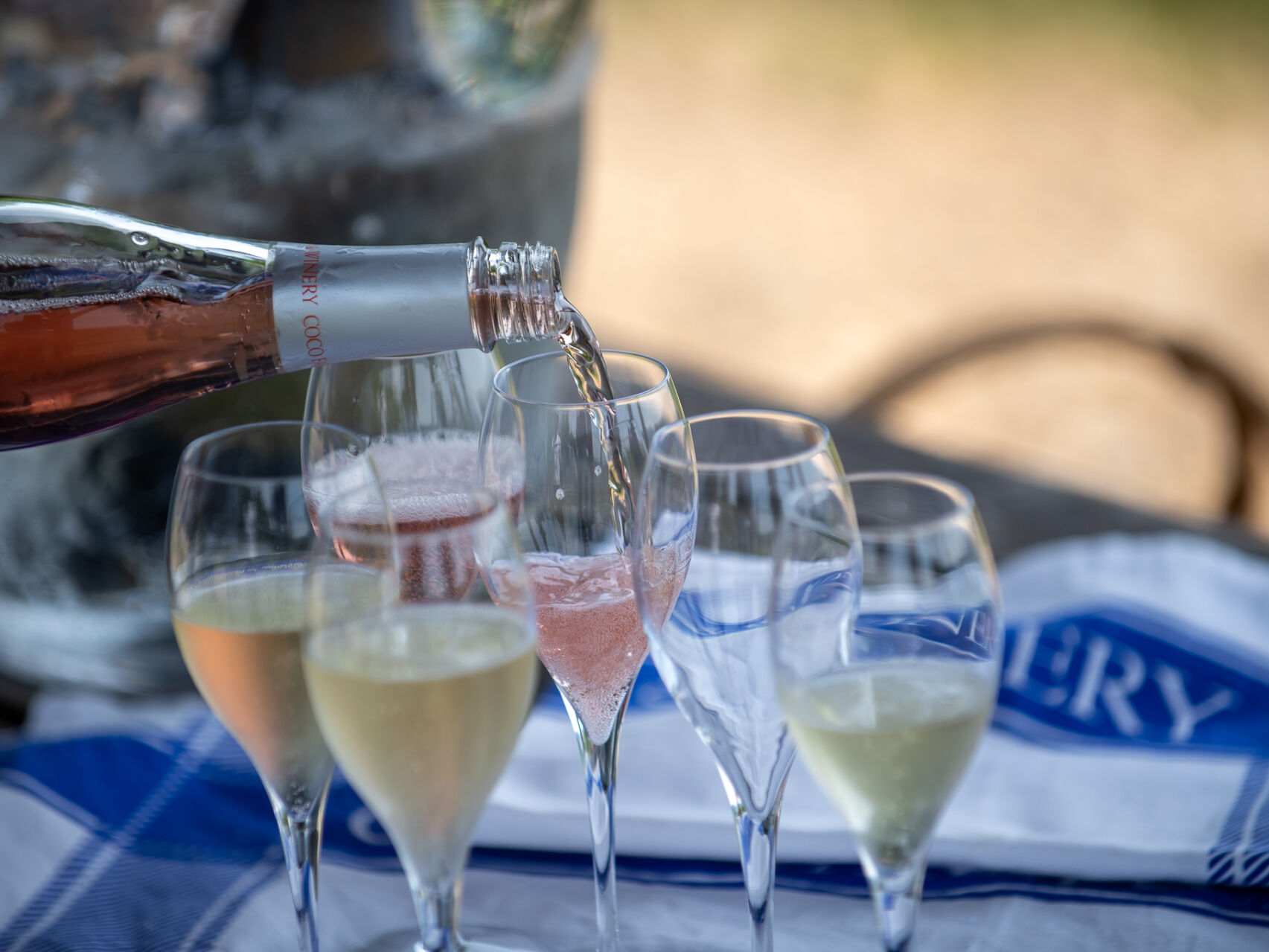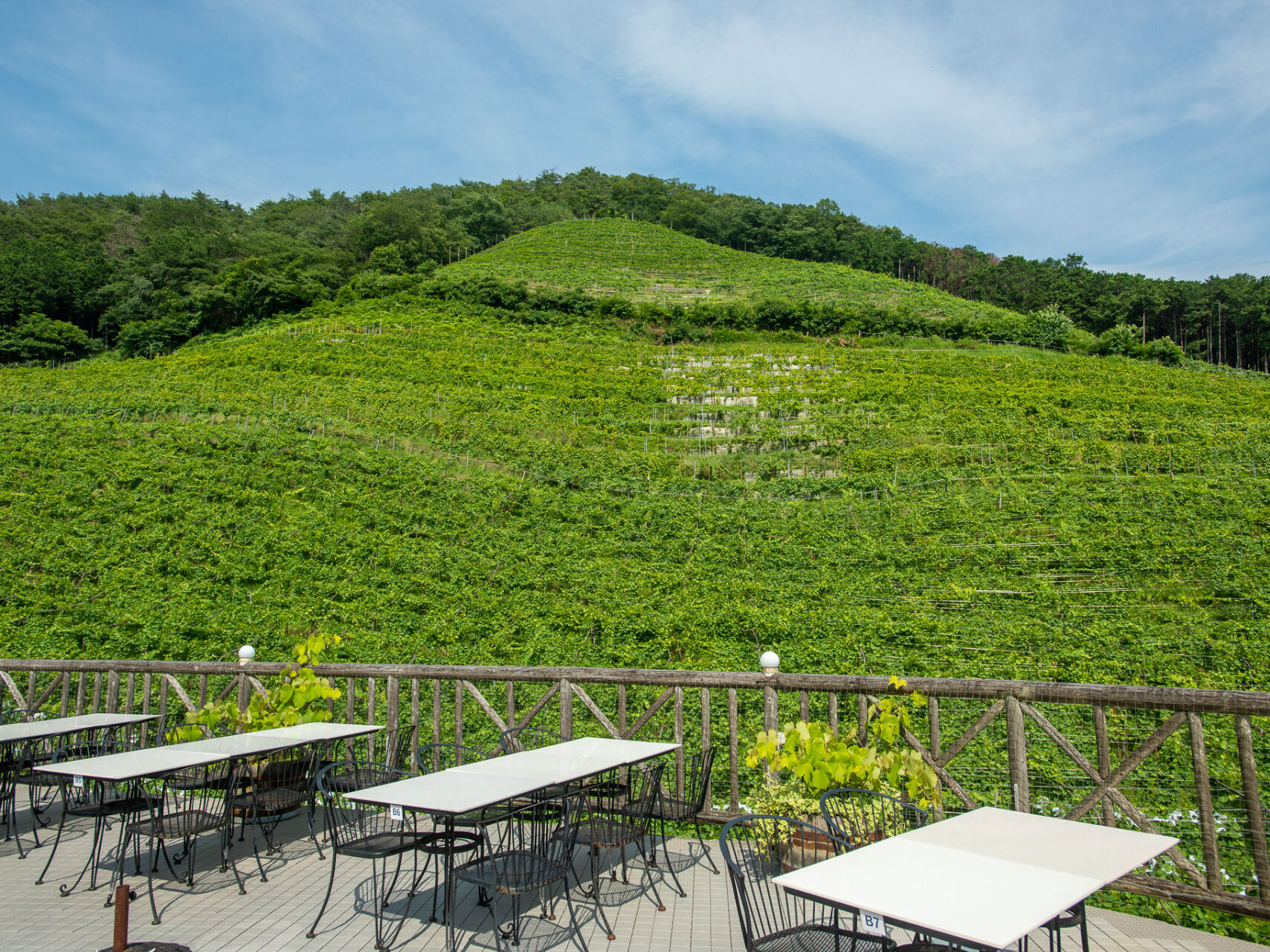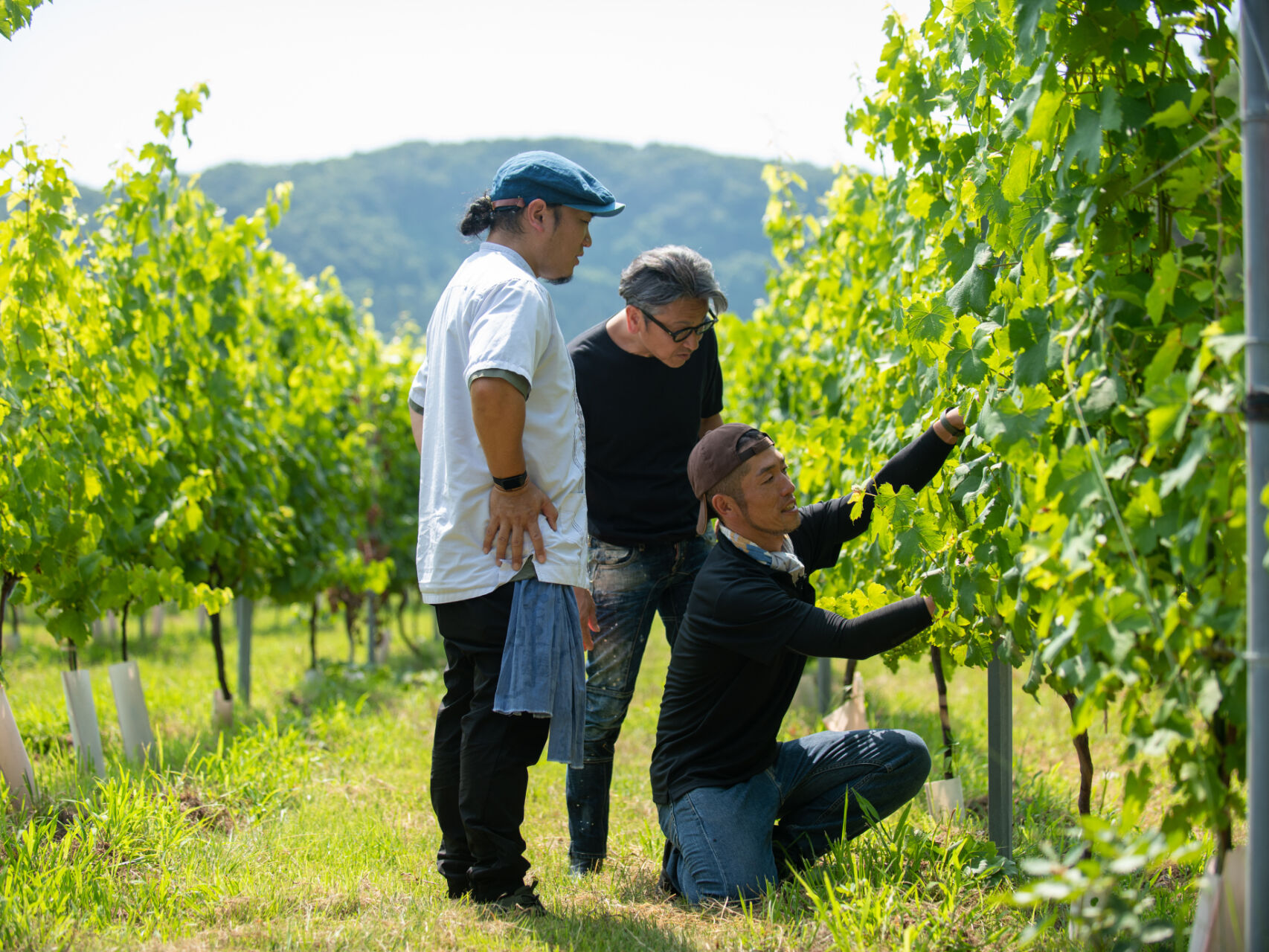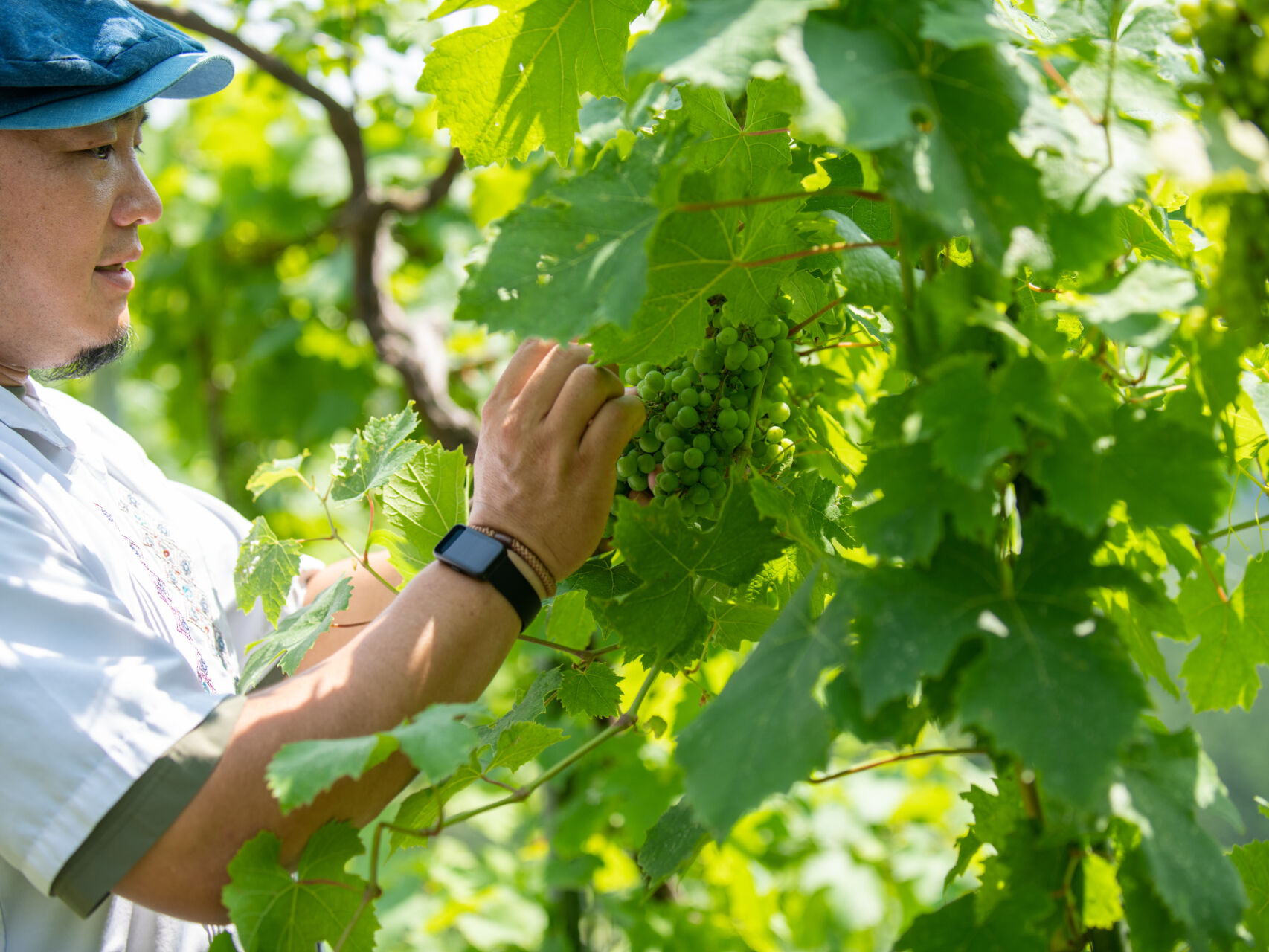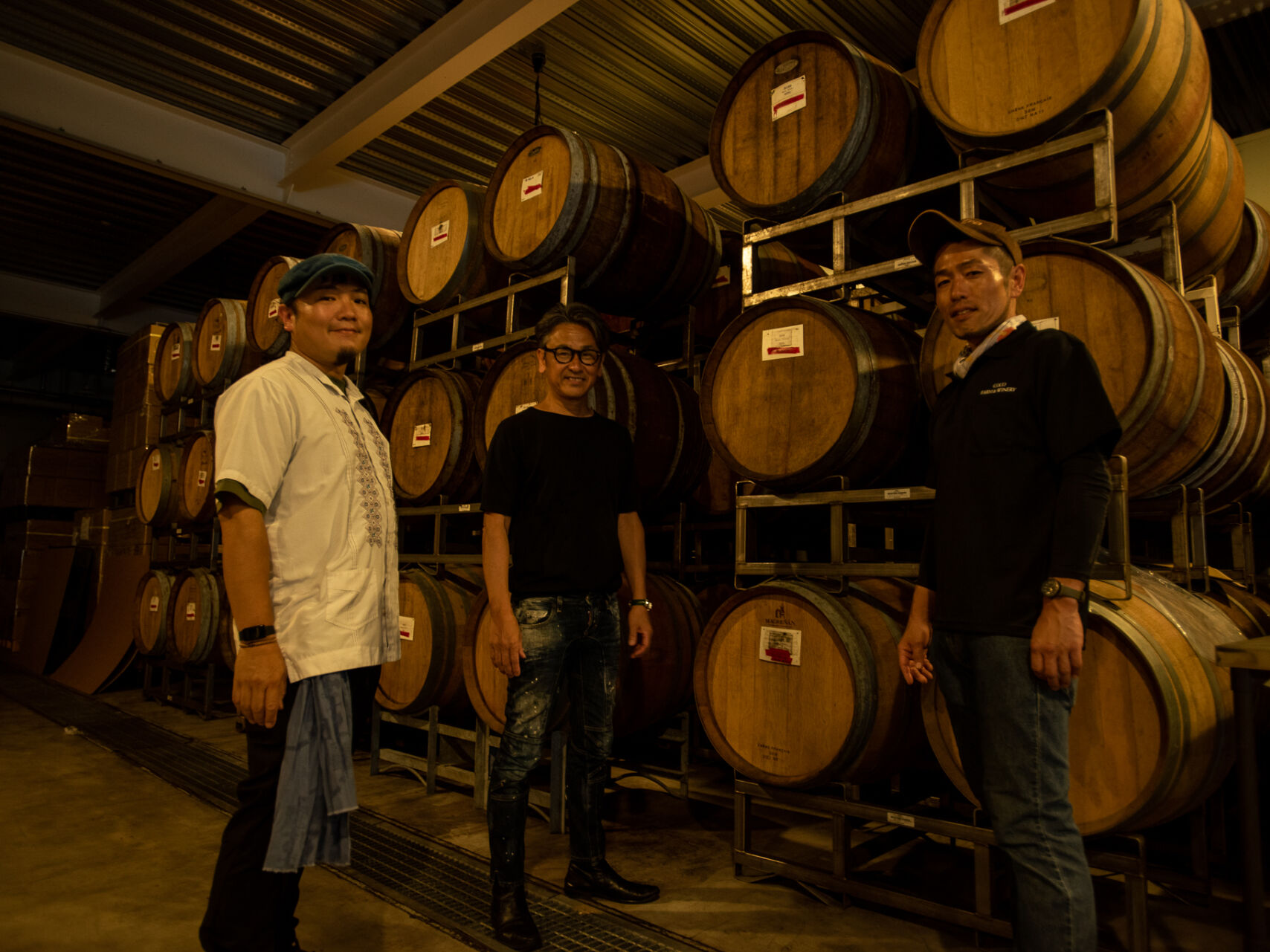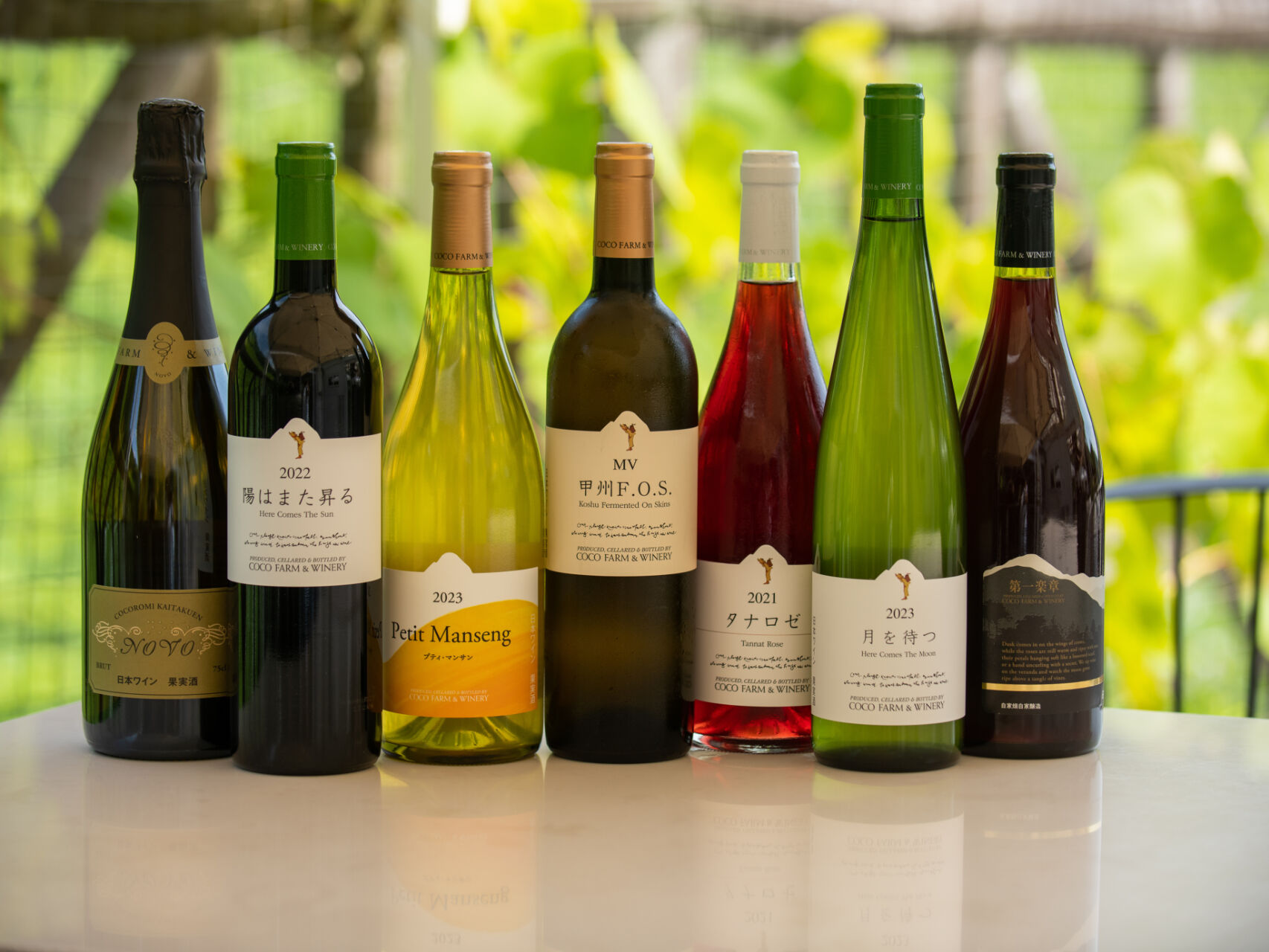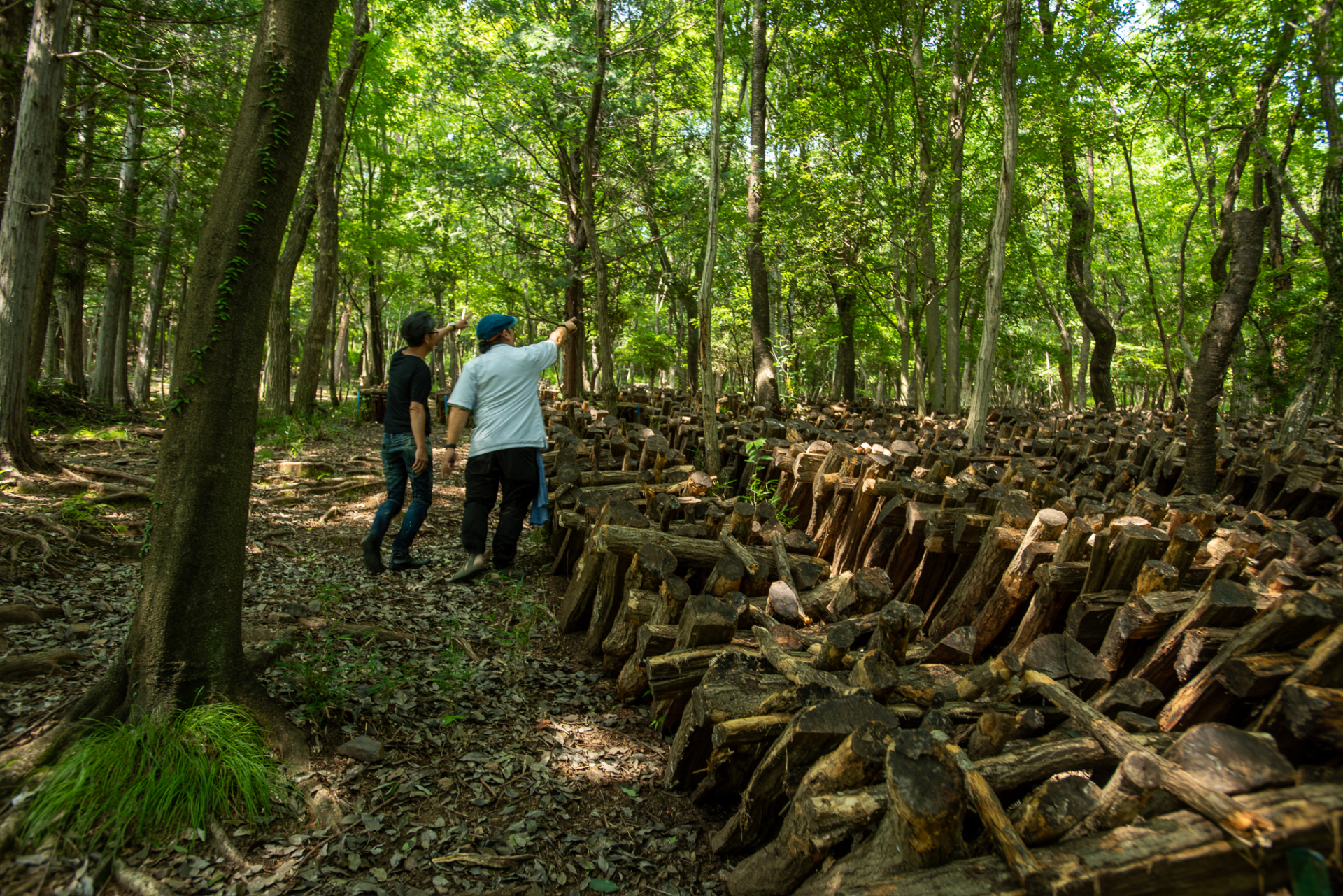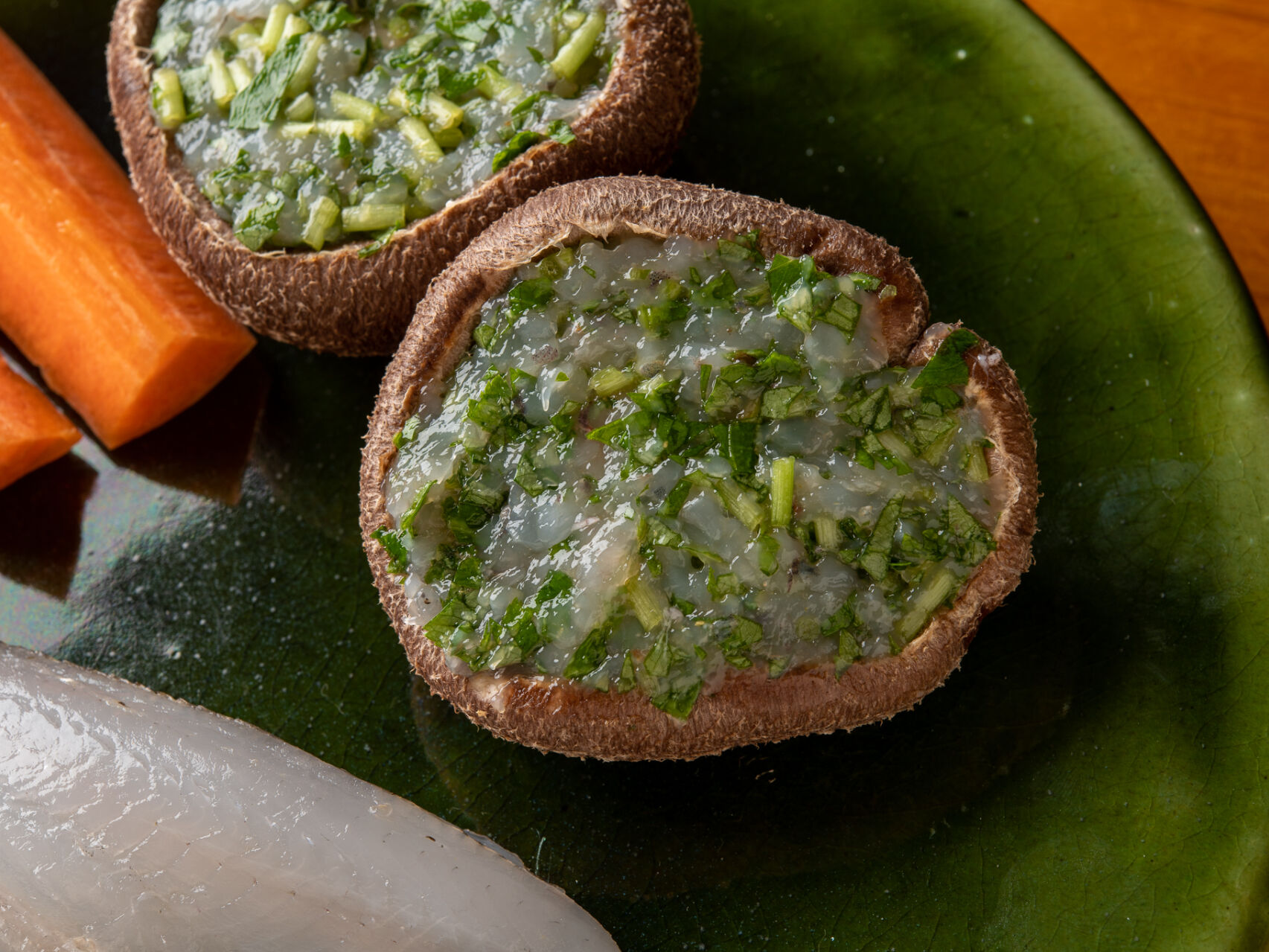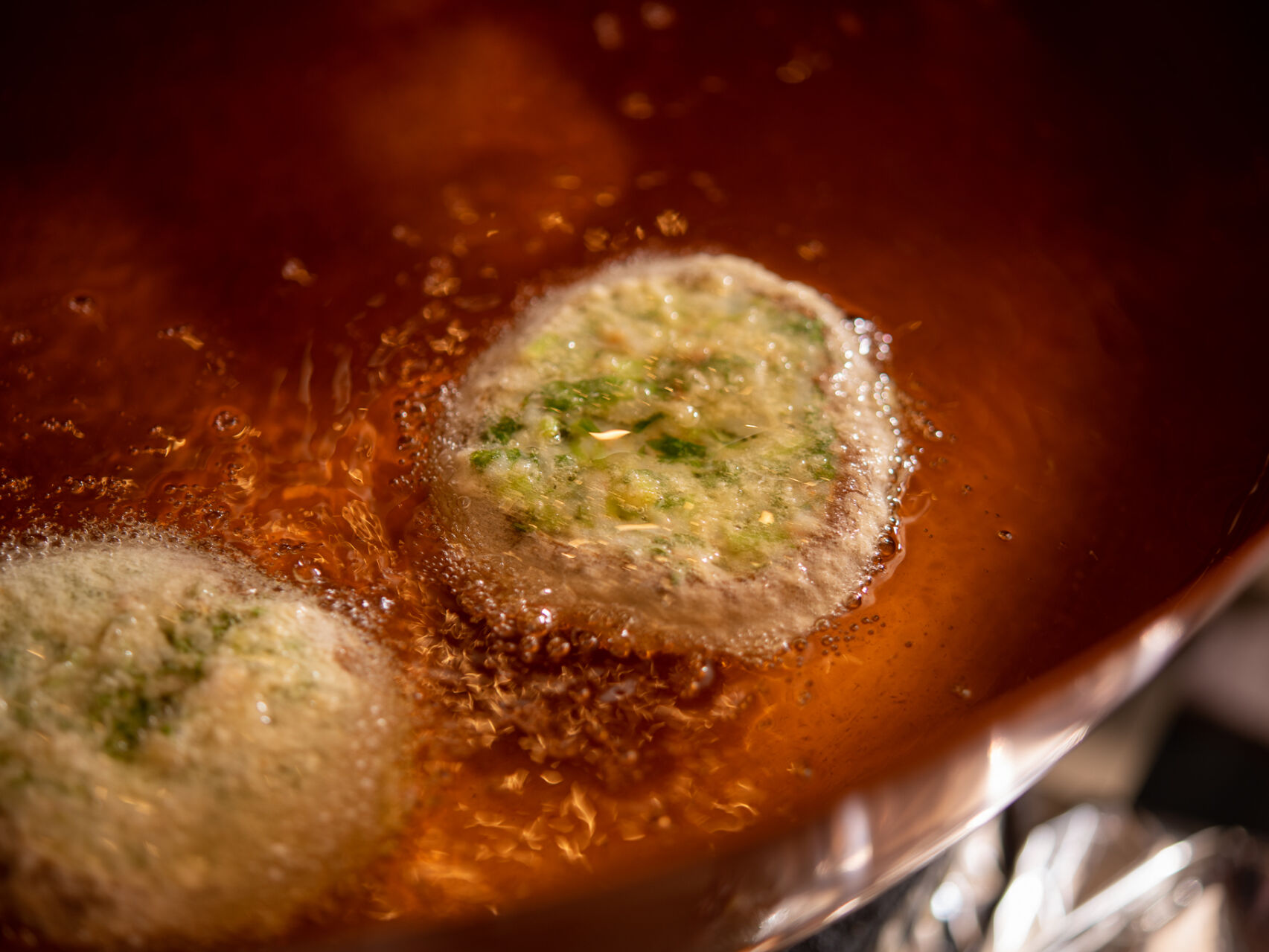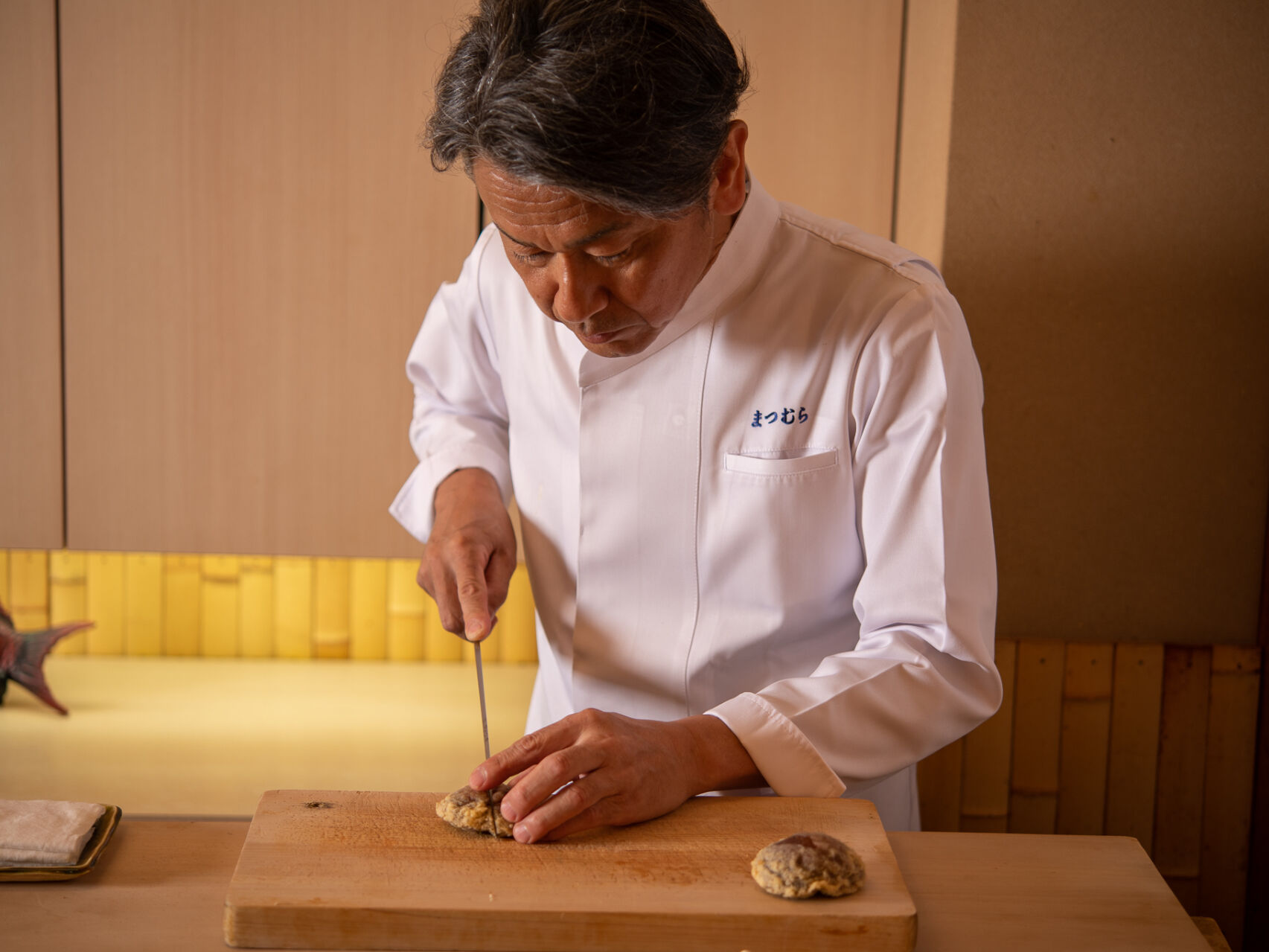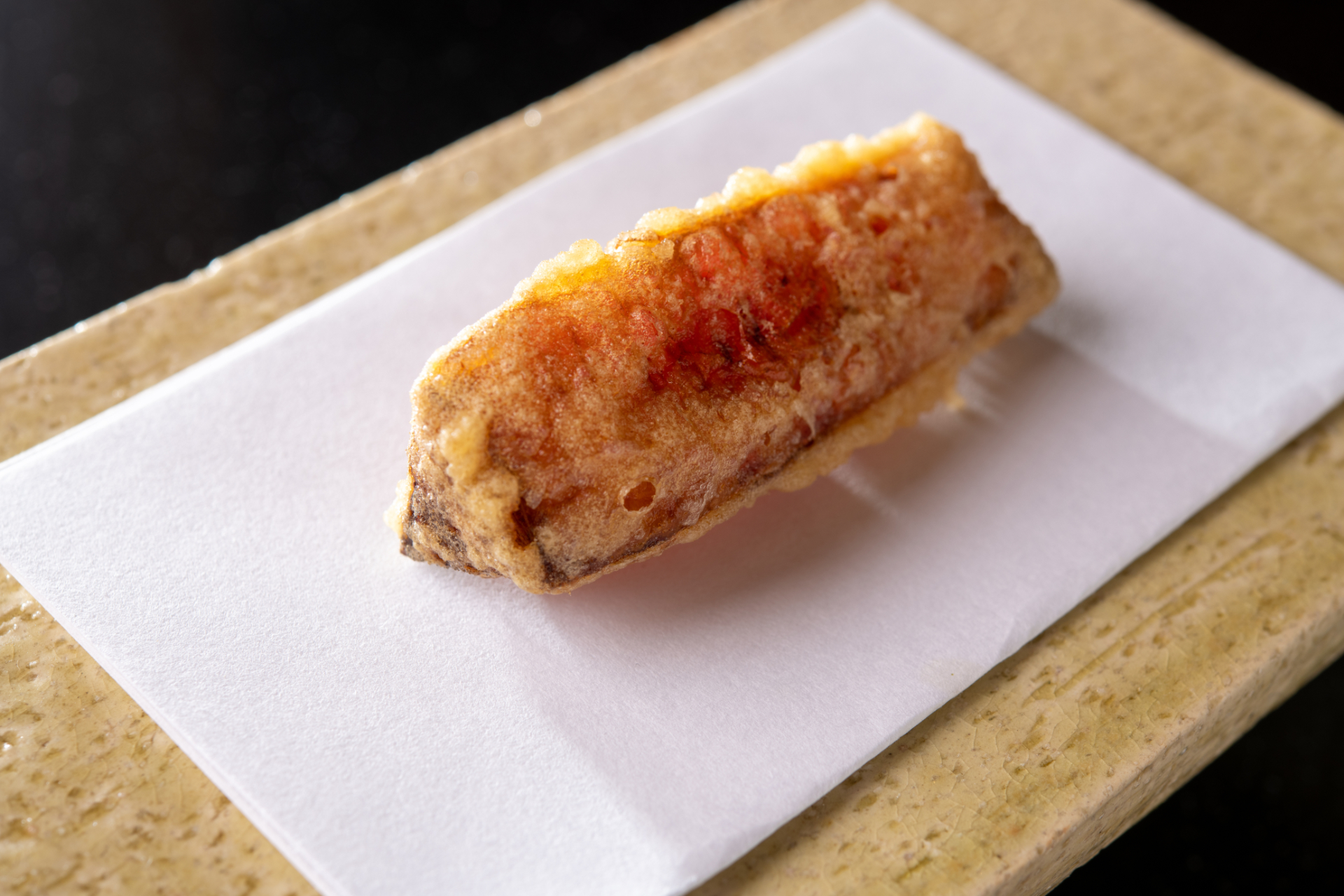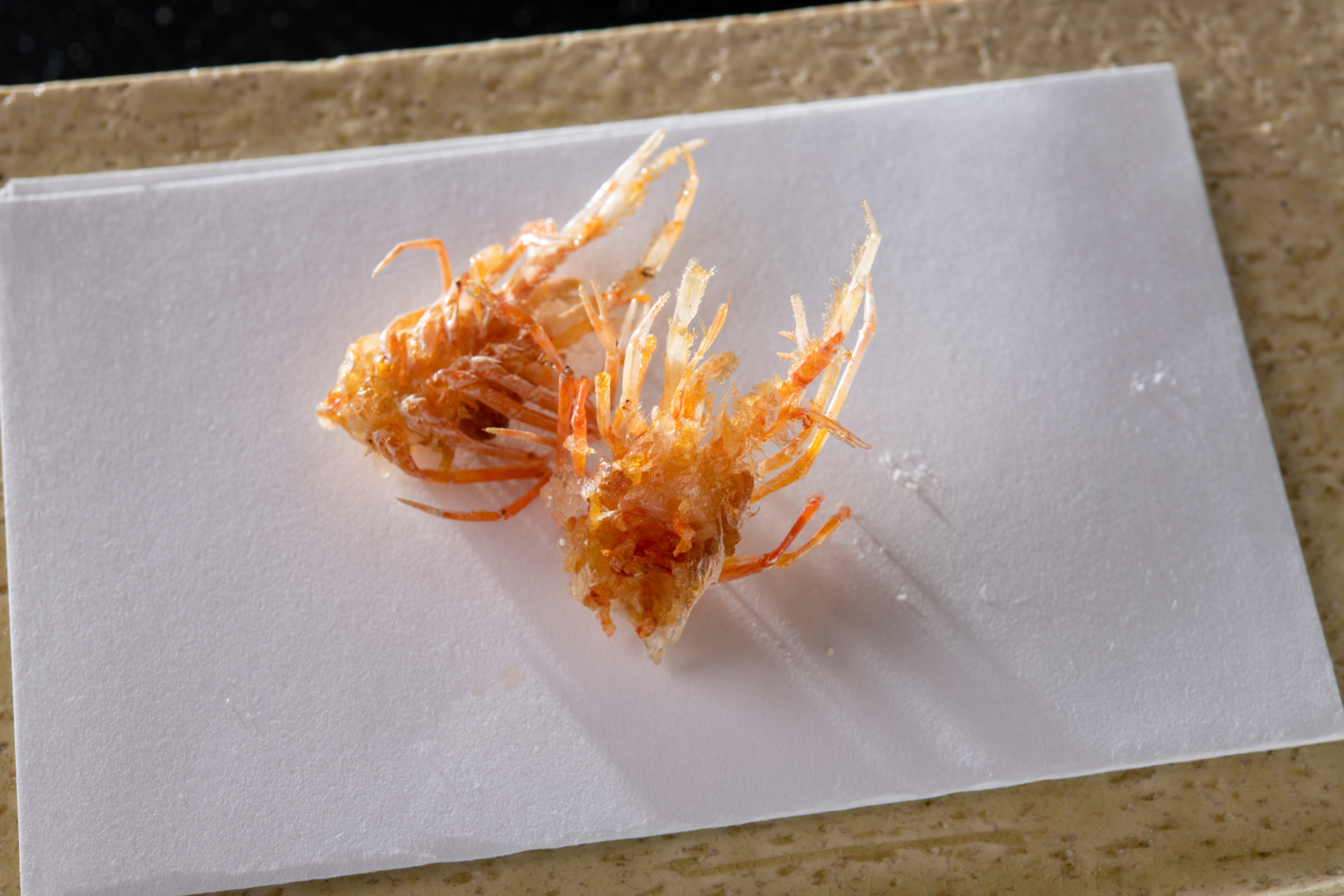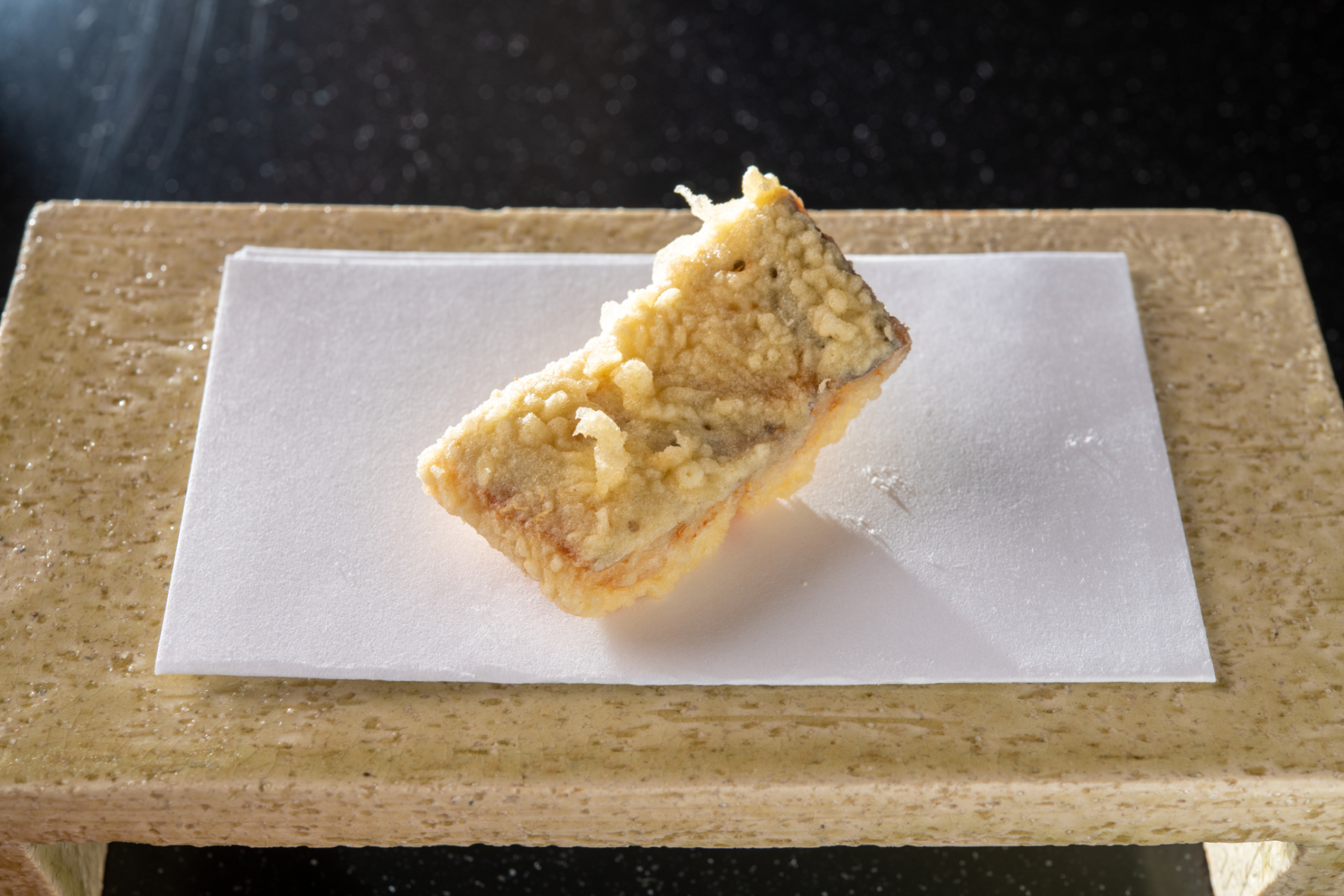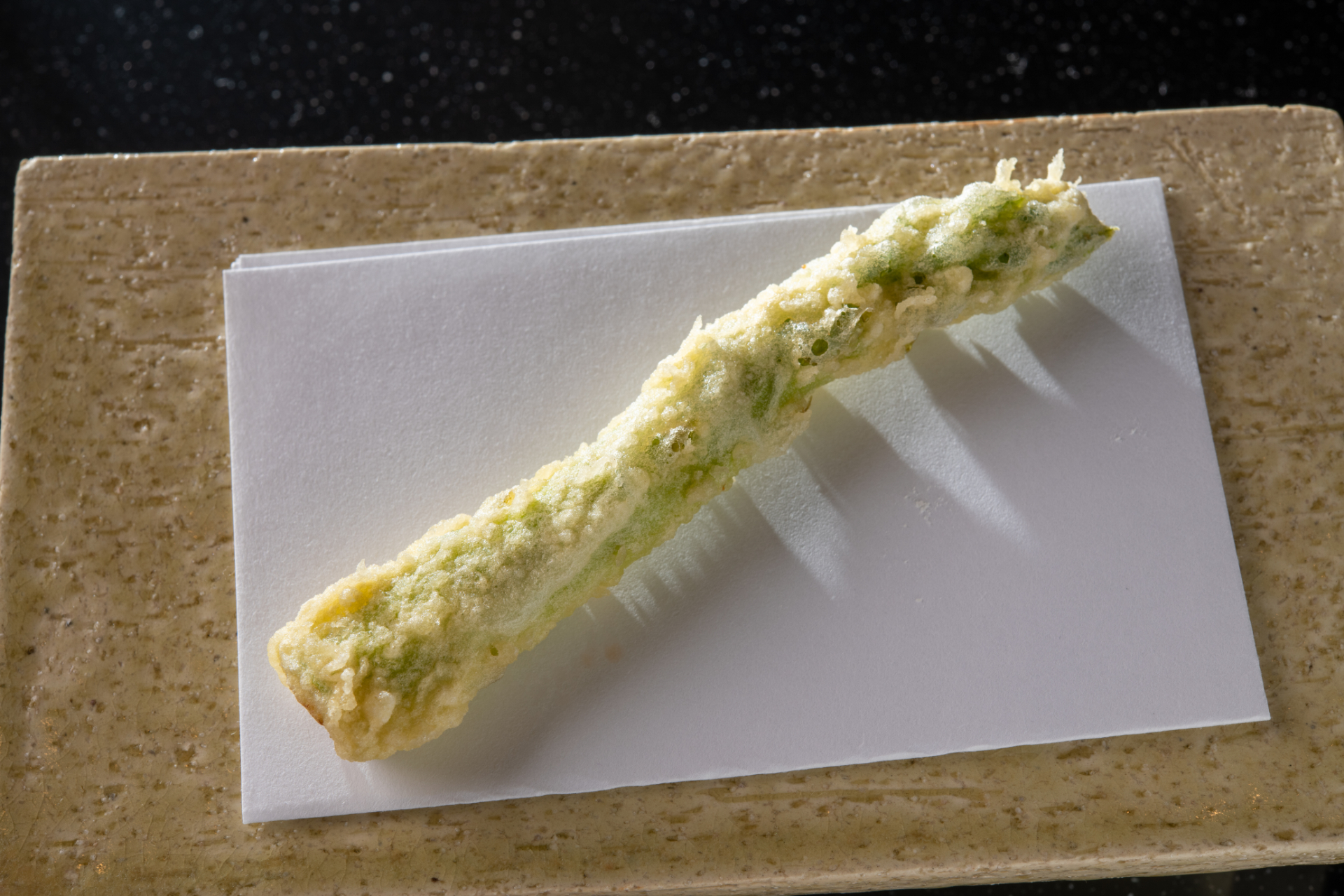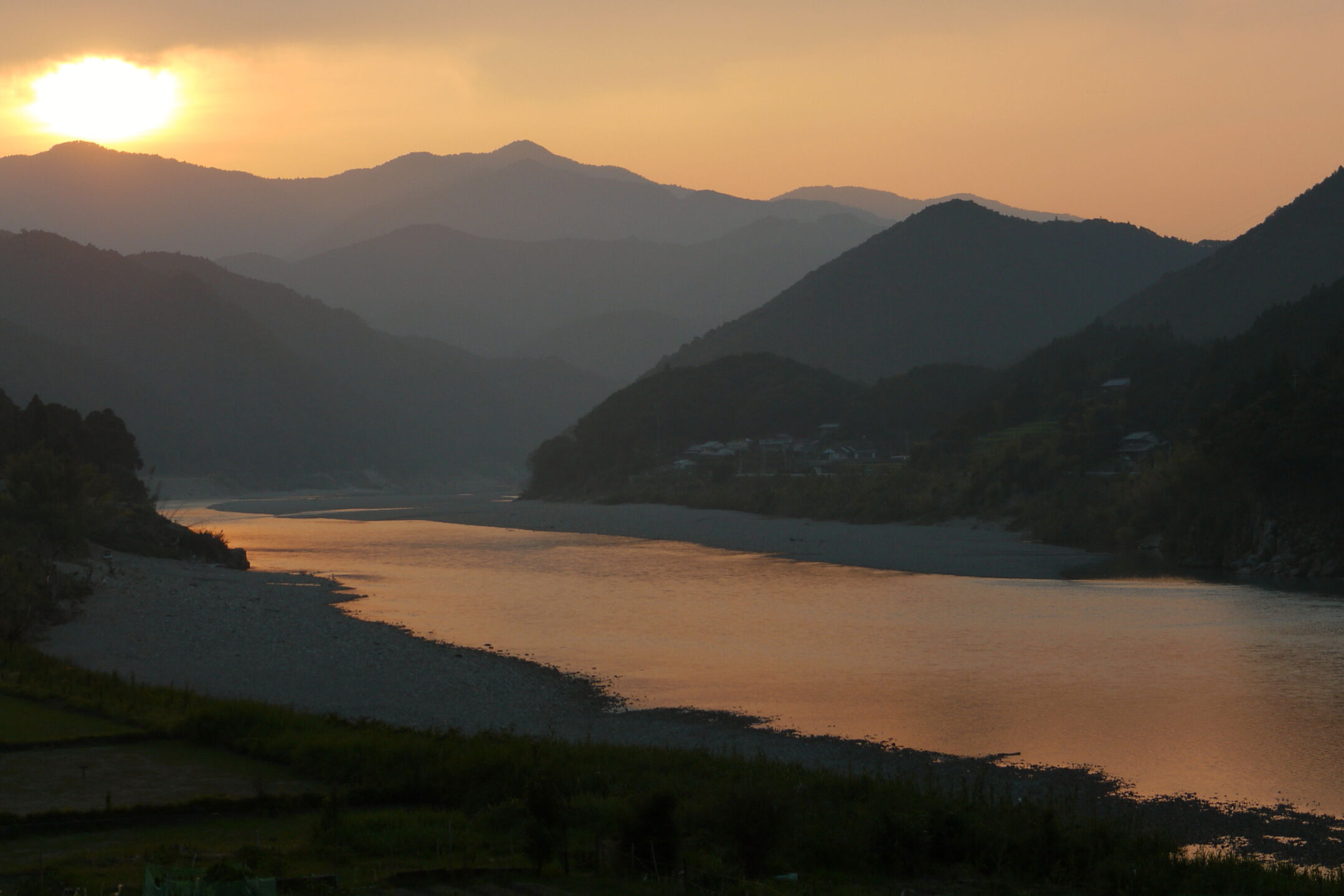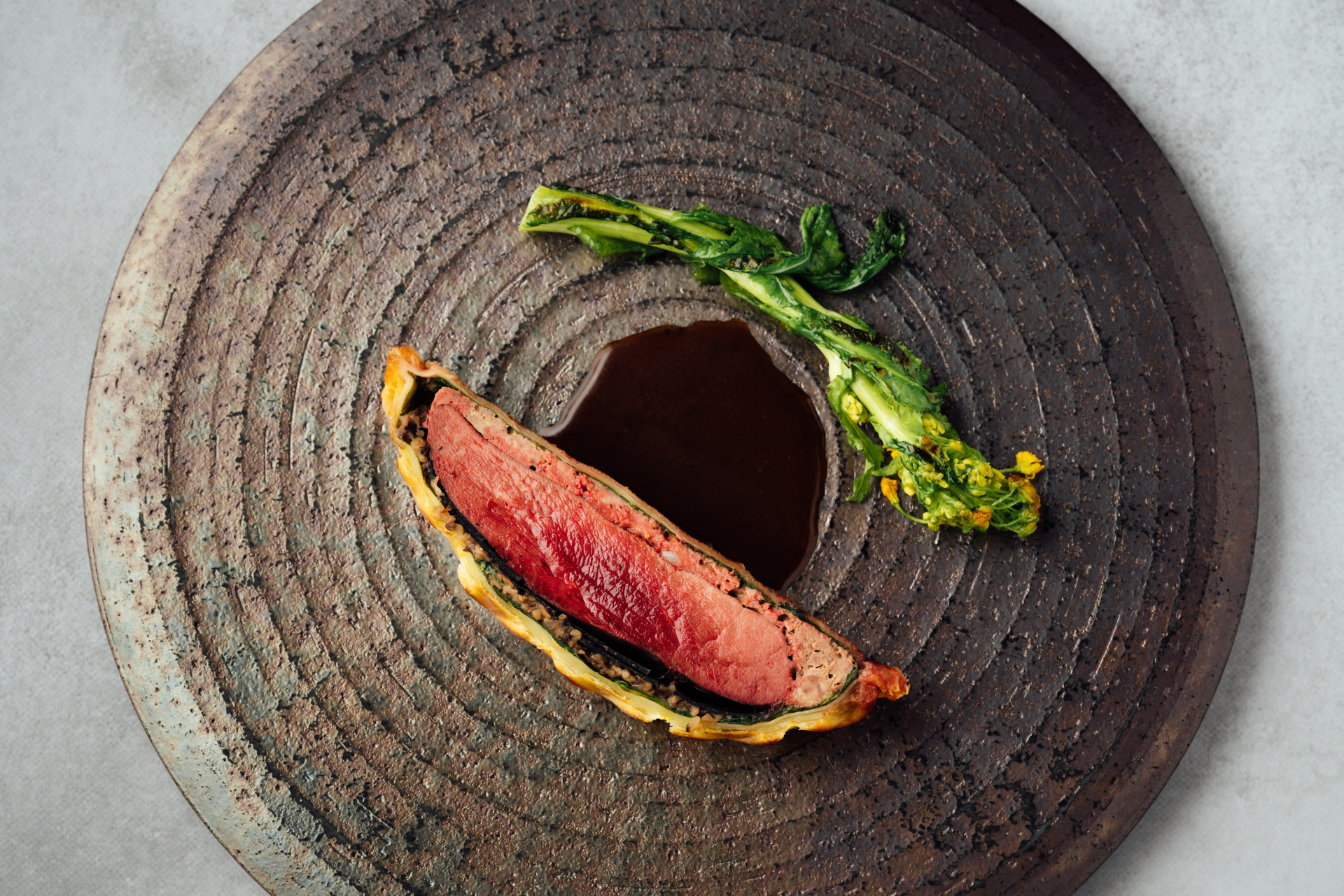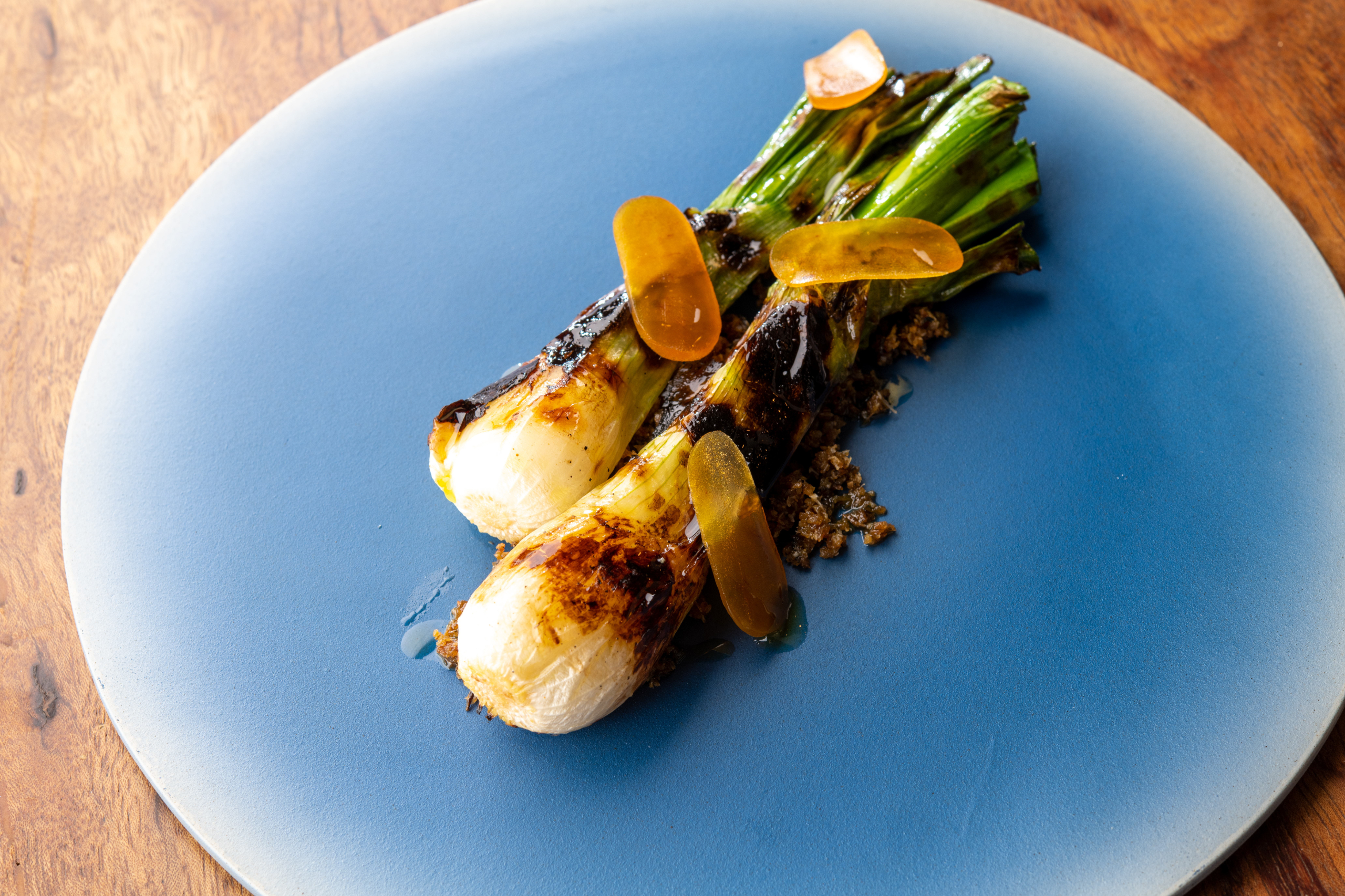Located in the southwestern part of Tochigi Prefecture, Ashikaga is a city of approximately 137,000 residents. Once a flourishing manor town known as Ashikaga-no-sho in the medieval era, it is home to Ashikaga School, recognized as Japan’s oldest academic institution. The city has long served as a hub for textile production and regional commerce. Today, it also boasts a culinary gem that draws gourmands from across Japan and overseas: Tempura Matsumura, led by master chef Fumihiro Matsumura.
The restaurant was originally founded in Showa 45 (1970)—the 45th year of the Showa era, corresponding to 1970—by his father, Fumio Matsumura, as Kappo Matsumura. Kappo refers to a traditional Japanese culinary style that emphasizes multi-course meals prepared and presented directly by the chef, often at the counter. Fumihiro, the second-generation chef, trained at the renowned “Ozashiki Tempura Tenkou” in Tokyo—ozashiki tempura being a refined, counter-style presentation of tempura typically served in elegant private rooms—and returned to Ashikaga to open the current establishment in 1995, specializing solely in tempura.
Over the past 30 years, Fumihiro Matsumura has devoted himself to continual refinement of his craft. His tempura is known for its precision, clarity of flavor, and delicately crisp texture—a culinary style that maximizes the natural essence of each ingredient. This dedication has earned Tempura Matsumura national acclaim, solidifying the phrase, “a legendary tempura restaurant in Ashikaga.”
One principle has guided Matsumura’s cooking throughout: he never fries ingredients unless frying enhances their flavor. While tempura as a cooking method allows for almost anything to be used and deep-fried, Matsumura believes only selecting those ingredients that become more delicious through frying deserve the treatment. One of his signature ingredients is log-grown shiitake mushrooms, cultivated nearby and among his most prized specialties. He personally invited us to visit the mushroom cultivation site, known as a hodaba, located just a ten-minute drive from the restaurant.
Our destination was none other than Coco Farm & Winery, where we were welcomed by Chieko Ikegami, the winery’s advisor and a near-family friend of the Matsumuras; her son Takashi Ikegami, the winery’s president; and vineyard manager Hideki Ishii. At the summit of the vineyard’s steep slopes, we shared a toast with a view from the observatory.
In Showa 33 (1958), Noboru Kawata—a homeroom teacher and father of advisor Chieko Ikegami—began cultivating the land together with his junior high school students in a special support class: young learners with intellectual and developmental disabilities. In Showa 44 (1969), Kokoromi Gakuen, a facility supporting individuals with disabilities, was established at the base of the hill. By Showa 59 (1984), Coco Farm & Winery began producing wine.
Thanks to the perseverance of the Gakuen’s students, the vineyard is maintained without herbicides or chemical fertilizers, fostering a diverse natural environment filled with insects and birds. The winery ferments its grapes gently using wild yeast in aged French oak barrels. Instead of shaping the wine through force, the vintners allow the grapes to “become the wine they wish to be.” Coco Farm’s wines have been served at major global summits including KyushuーOkinawa, and Hokkaido Toyako, earning its place among Japan’s most esteemed wineries. Naturally, these wines feature prominently on the wine list at Tempura Matsumura.
The partnership between Chef Matsumura and Coco Farm also extends to their specialty shiitake mushrooms. In a cool, shaded area of the winery’s expansive grounds—perfect for mushroom cultivation—logs sourced from nearby mountains are laid out and inoculated with spores. Once again, the diligent work of the Kokoromi Gakuen students ensures careful growth.
Chef Matsumura stuffs the mushroom caps with finely chopped shrimp and mitsuba (Japanese parsley), crafting a delicacy rich in aroma. “To me, fragrance is everything,” he explains. “Log-grown shiitake, nourished by the nutrients of the wood, have an incomparable scent.” Grown in the same soil and climate as Coco Farm’s grapes, the mushrooms pair exquisitely with the local wines.
His tempura process is guided by the same meticulous care. Ingredients are thoughtfully prepared and fried in a blend of 80% men-jitsu-yu (cottonseed oil) and 20% taihaku goma-abura (a sesame oil made from unroasted white sesame seeds using a low-temperature pressing method) at a slightly lower temperature, resulting in a crisp, dry finish that leaves no oil stains on the paper beneath. Contrary to popular belief, Matsumura serves each piece not piping hot, but at the precise temperature that best expresses its flavor.
Take for example his signature carrot tempura. Made from local carrots aged for about a month at sub-zero temperatures, a technique known as hyōon jukusei (ice-temperature aging in Japan), each piece is fried for approximately 30 minutes and then cooled for 10 before serving. The sweetness and texture evoke roasted sweet potato—a humble Ashikaga-grown carrot transformed into a gourmet experience.
Through their mutual respect for natural ingredients and a commitment to coaxing out inherent flavors, Tempura Matsumura and Coco Farm & Winery represent different fields with a shared soul. Guests at the restaurant are welcomed with warmth by Fumihiro and his wife Yukari. Whether you begin your journey with a glass of wine or end it with an unforgettable tempura meal, just a short trip from Tokyo brings you to this exceptional pairing of fine food and drink.
Tempura Matsumura
Address: 834-27 Yurakucho, Ashikaga, Tochigi 326-0801
Phone: 0284-42-3558
Access: From Ashikaga IC, Kita-Kanto Expressway
Coco Farm & Winery
Address: 611 Tajima-cho, Ashikaga, Tochigi 326-0061
Phone: 0284-42-1194
Website: https://cocowine.com
Access: From Ashikaga IC, Kita-Kanto Expressway
Text / Shunji Miyagawa
Photography / Masashi Okutani
Translation/ Yumiko Sushitani
Related Posts
2024-11-10
The Art of Watershed Cuisine Along Sacred Mountain Waters In a World Heritage Village
Tenkawa Village is part of the UNESCO World Heritage site "Sacred Sites and…
2025-03-10
The Vibrant Spirit of Akita Supporting a Healing Restaurant
Mount Chokai, spanning Akita and Yamagata Prefectures, is an active volcano…
2025-02-04
Chita Peninsula Gastronomy: Where Sea, Land, and Local Culture Unite
Nestled between Ise Bay to the west and Chita and Mikawa Bays to the east, the…


